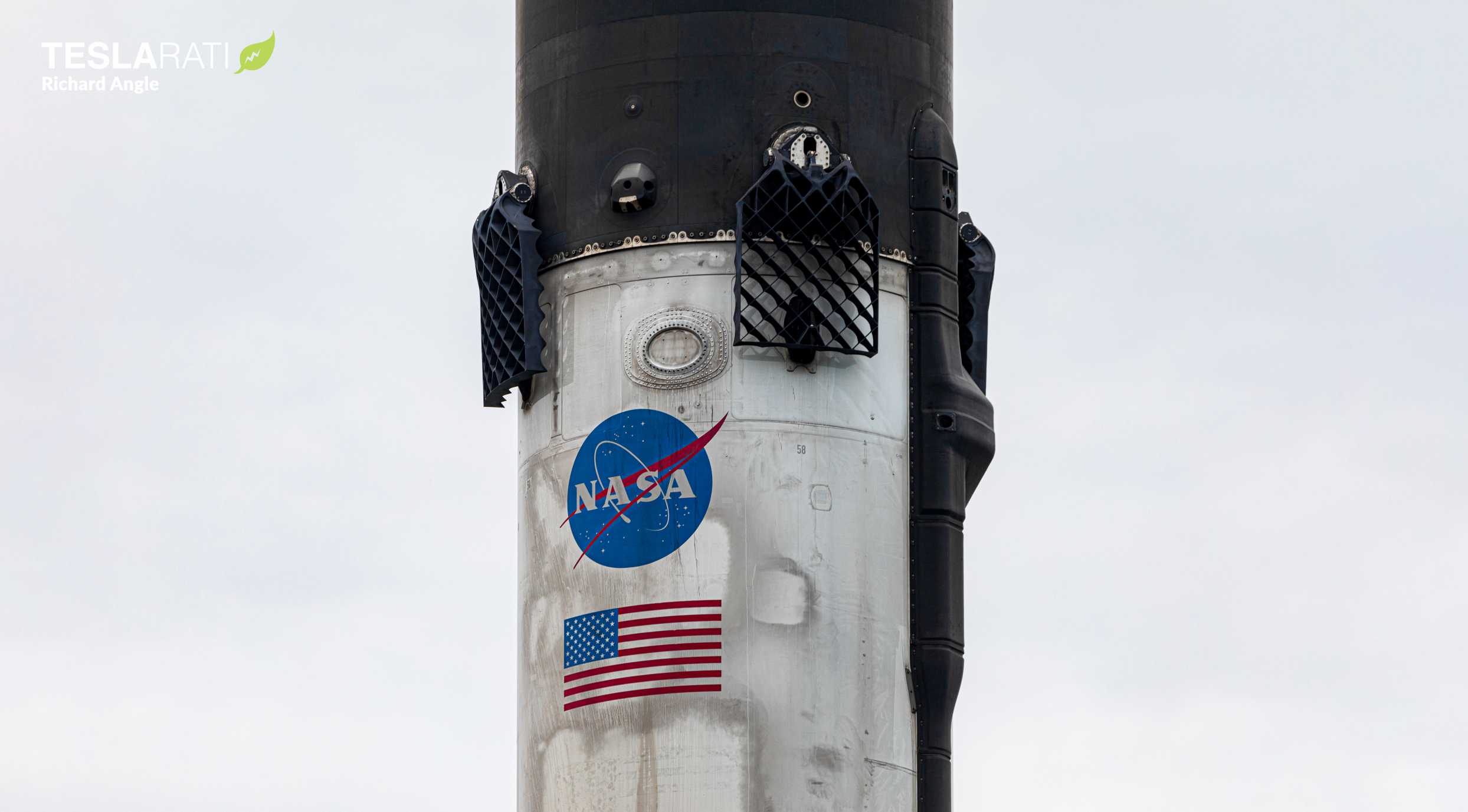
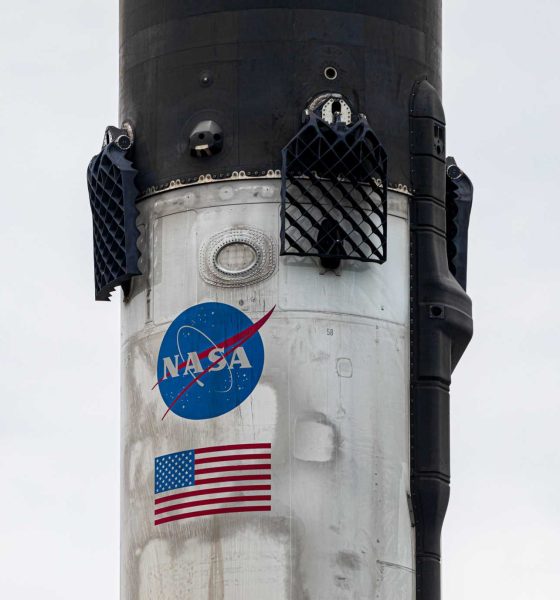
News
SpaceX’s first astronaut-proven rocket returns to dry land
Three days after becoming the first privately-developed rocket in history to launch humans into orbit, SpaceX’s first astronaut-proven Falcon 9 booster has safely returned to dry land.
Although the sheer importance of SpaceX’s flawless astronaut launch debut and space station arrival can’t be exaggerated, the fact remains that the vast majority of the company’s orbital missions are centered around the affordable launch of satellites and other uncrewed payloads. All of those launches need Falcon boosters, too, and Crew Dragon’s Demo-2 mission has come at a time when SpaceX’s fleet of flightworthy rockets is the smallest it’s been in at least 18 months.
Significantly thinned by two failed Falcon Heavy center core recoveries and the loss of four boosters in 2020 alone (two intentional, two less so), SpaceX’s booster fleet has dropped from as many as ten to as few as two in just 13 months. Thankfully, B1058’s successful May 30th landing and June 2nd return adds a third booster to SpaceX’s immediately-available rocket fleet. On the horizon, two additional unflown boosters are in the late stages of preparation for their separate launch debuts – no earlier than (NET) June 30th and August 30th, respectively. With a little luck, SpaceX’s fleet of flight-proven boosters will soon have grown nearly three-fold in about as many months.
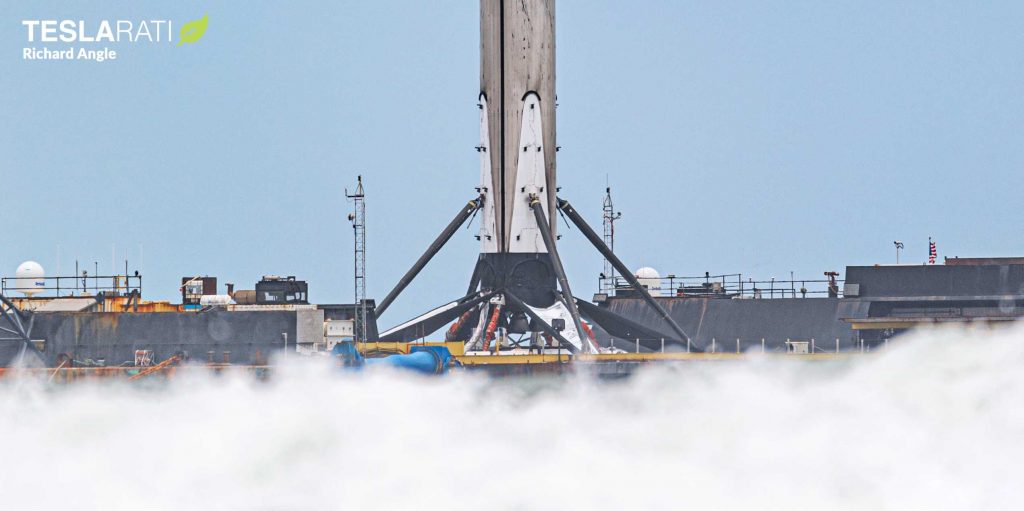
At the moment, SpaceX’s own Starlink satellite internet constellation is by far the biggest source of demand for SpaceX rockets – particularly the flight-proven boosters that allow the company to perform those launches at an unprecedented cost. Over the last 12 or so months, thanks to the spectacular success of Falcon 9 Block 5 reusability, SpaceX has substantially cut booster production at its Hawthorne, California headquarters, thus far dedicating the last six boosters produced to strict, high-profile missions for NASA and the US military.
In other words, while SpaceX has technically had three unflown Falcon 9 boosters – B1058, B1060, and B1061 – more or less ready for flight for months, their first launches have to be reserved for a select few customers that still have reservations about the company’s flight-proven rockets. With its first reserved mission – Crew Dragon’s orbital astronaut launch debut – now out of the way, gently-used Falcon 9 booster B1058 can thankfully enter the greater SpaceX fleet and begin preparing for its next launch.
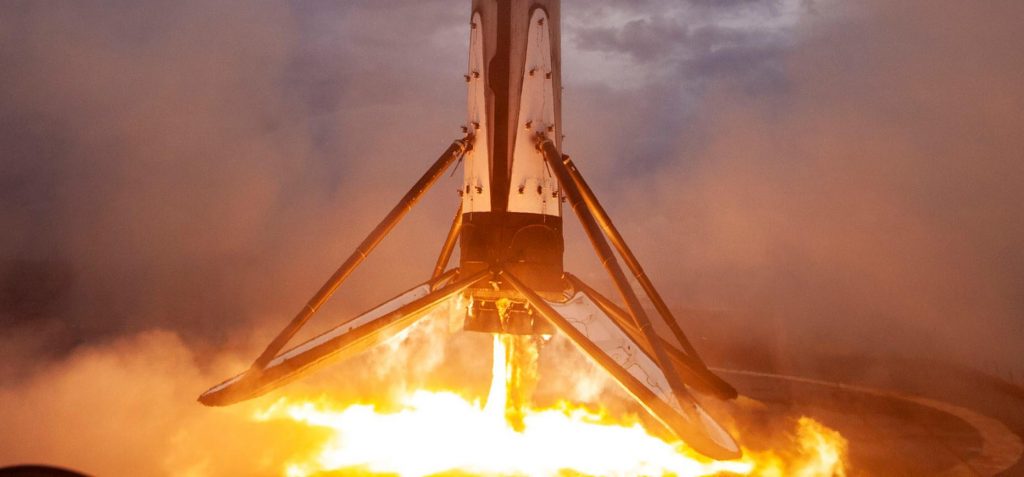
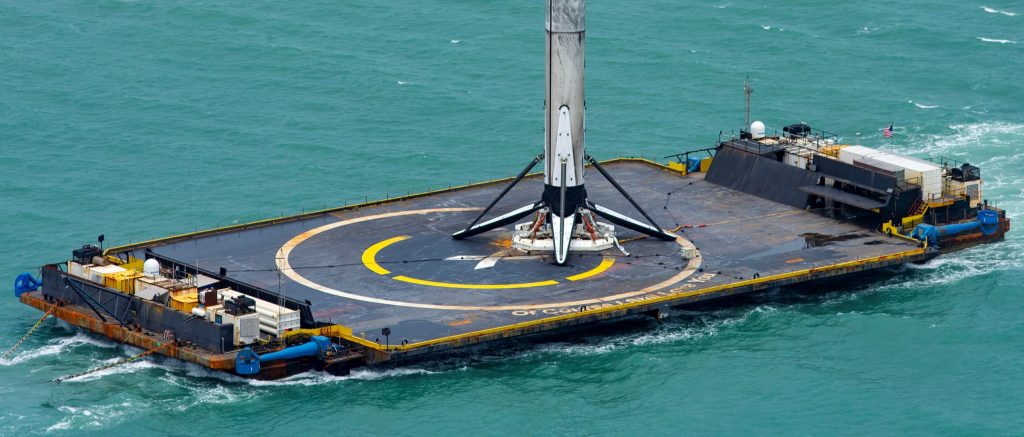
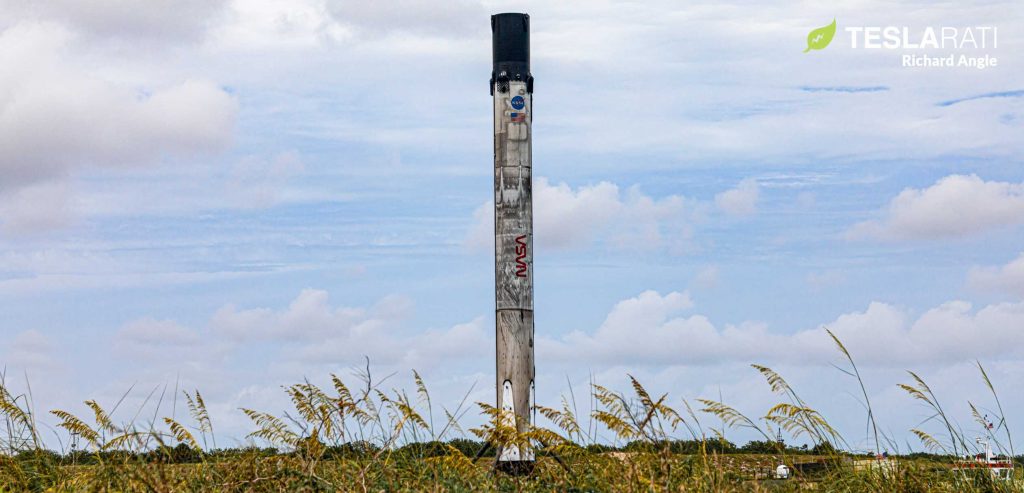
Thanks to the fact that booster B1058’s first flight incurred a relatively gentle atmospheric reentry and landing, it could potentially be turned around for its next launch extremely quickly. With three Starlink launches scheduled in June alone and the first expected to launch as early as 9:25 pm EDT (01:25 UTC), June 3rd, SpaceX may actually have to refurbish B1058 far more quickly than any booster before it. SpaceX currently has two Falcon 9 boosters (B1049 and B1051) available for Starlink launches. B1049 is set to launch this week, while B1051 flew its fourth mission just six weeks ago. Based on SpaceX’s current record of 62 days between launches of the same booster, B1051 could be ready for its fifth mission by late June.
In other words, unless SpaceX brings flight-proven Falcon Heavy side booster B1052 or B1053 out of retirement later this month, the company is going to have to break its booster turnaround record by a huge margin with B1049 or B1058. SpaceX certainly has a funny way of resting on its laurels.
Check out Teslarati’s Marketplace! We offer Tesla accessories, including for the Tesla Cybertruck and Tesla Model 3.

Elon Musk
Tesla CEO Elon Musk sends rivals dire warning about Full Self-Driving
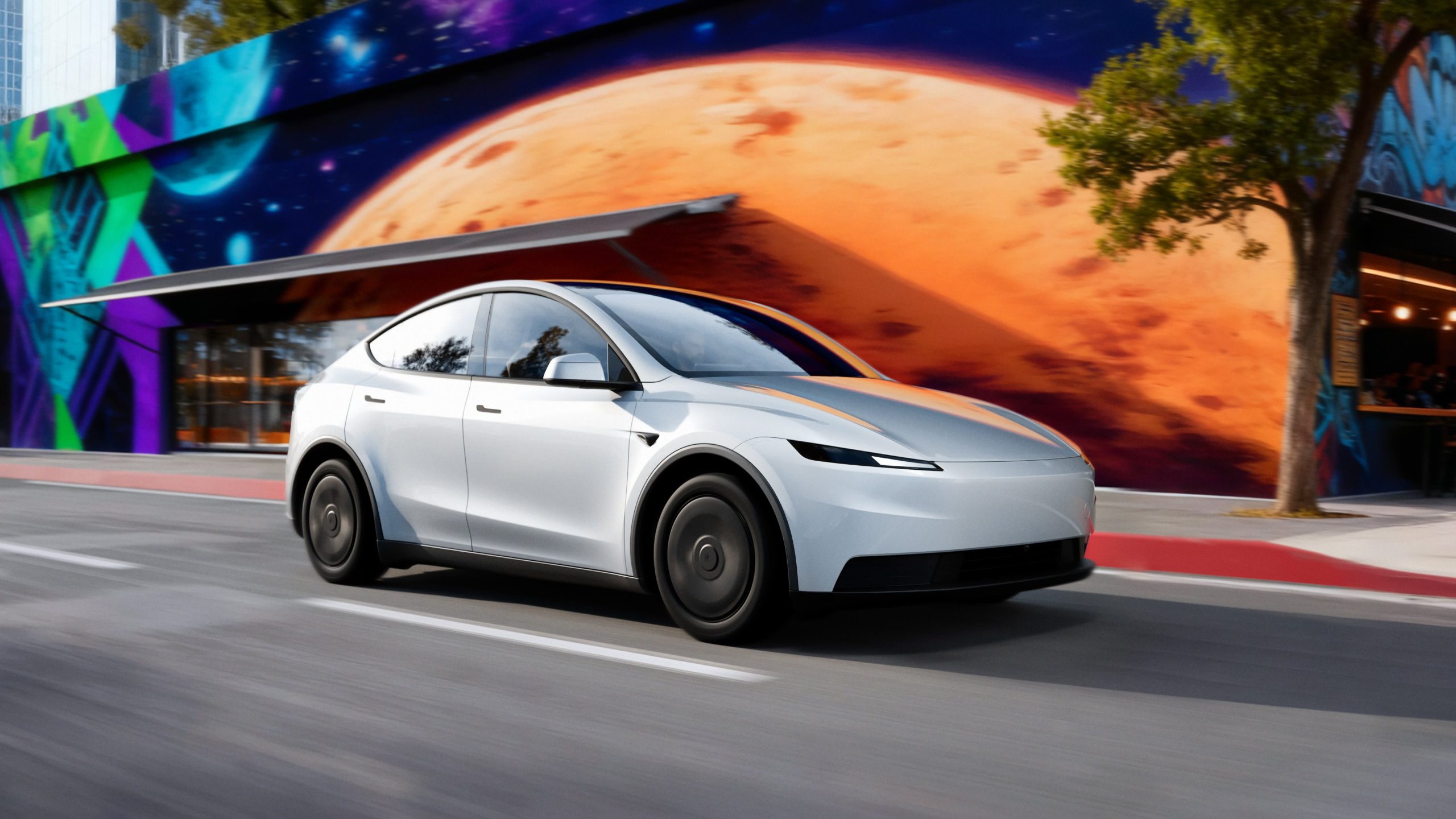
Tesla CEO Elon Musk revealed today on the social media platform X that legacy automakers, such as Ford, General Motors, and Stellantis, do not want to license the company’s Full Self-Driving suite, at least not without a long list of their own terms.
“I’ve tried to warn them and even offered to license Tesla FSD, but they don’t want it! Crazy,” Musk said on X. “When legacy auto does occasionally reach out, they tepidly discuss implementing FSD for a tiny program in 5 years with unworkable requirements for Tesla, so pointless.”
I’ve tried to warn them and even offered to license Tesla FSD, but they don’t want it! Crazy …
When legacy auto does occasionally reach out, they tepidly discuss implementing FSD for a tiny program in 5 years with unworkable requirements for Tesla, so pointless. 🤷♂️
🦕 🦕
— Elon Musk (@elonmusk) November 24, 2025
Musk made the remark in response to a note we wrote about earlier today from Melius Research, in which analyst Rob Wertheimer said, “Our point is not that Tesla is at risk, it’s that everybody else is,” in terms of autonomy and self-driving development.
Wertheimer believes there are hundreds of billions of dollars in value headed toward Tesla’s way because of its prowess with FSD.
A few years ago, Musk first remarked that Tesla was in early talks with one legacy automaker regarding licensing Full Self-Driving for its vehicles. Tesla never confirmed which company it was, but given Musk’s ongoing talks with Ford CEO Jim Farley at the time, it seemed the Detroit-based automaker was the likely suspect.
Tesla’s Elon Musk reiterates FSD licensing offer for other automakers
Ford has been perhaps the most aggressive legacy automaker in terms of its EV efforts, but it recently scaled back its electric offensive due to profitability issues and weak demand. It simply was not making enough vehicles, nor selling the volume needed to turn a profit.
Musk truly believes that many of the companies that turn their backs on FSD now will suffer in the future, especially considering the increased chance it could be a parallel to what has happened with EV efforts for many of these companies.
Unfortunately, they got started too late and are now playing catch-up with Tesla, XPeng, BYD, and the other dominating forces in EVs across the globe.
News
Tesla backtracks on strange Nav feature after numerous complaints

Tesla is backtracking on a strange adjustment it made to its in-car Navigation feature after numerous complaints from owners convinced the company to make a change.
Tesla’s in-car Navigation is catered to its vehicles, as it routes Supercharging stops and preps your vehicle for charging with preconditioning. It is also very intuitive, and features other things like weather radar and a detailed map outlining points of interest.
However, a recent change to the Navigation by Tesla did not go unnoticed, and owners were really upset about it.
For trips that required multiple Supercharger stops, Tesla decided to implement a naming change, which did not show the city or state of each charging stop. Instead, it just showed the business where the Supercharger was located, giving many owners an unwelcome surprise.
However, Tesla’s Director of Supercharging, Max de Zegher, admitted the update was a “big mistake on our end,” and made a change that rolled out within 24 hours:
The naming change should have happened at once, instead of in 2 sequential steps. That was a big miss on our end. We do listen to the community and we do course-correct fast. The accelerated fix rolled out last night. The Tesla App is updated and most in-car touchscreens should…
— Max (@MdeZegher) November 20, 2025
The lack of a name for the city where a Supercharging stop would be made caused some confusion for owners in the short term. Some drivers argued that it was more difficult to make stops at some familiar locations that were special to them. Others were not too keen on not knowing where they were going to be along their trip.
Tesla was quick to scramble to resolve this issue, and it did a great job of rolling it out in an expedited manner, as de Zegher said that most in-car touch screens would notice the fix within one day of the change being rolled out.
Additionally, there will be even more improvements in December, as Tesla plans to show the common name/amenity below the site name as well, which will give people a better idea of what to expect when they arrive at a Supercharger.
News
Dutch regulator RDW confirms Tesla FSD February 2026 target
The regulator emphasized that safety, not public pressure, will decide whether FSD receives authorization for use in Europe.
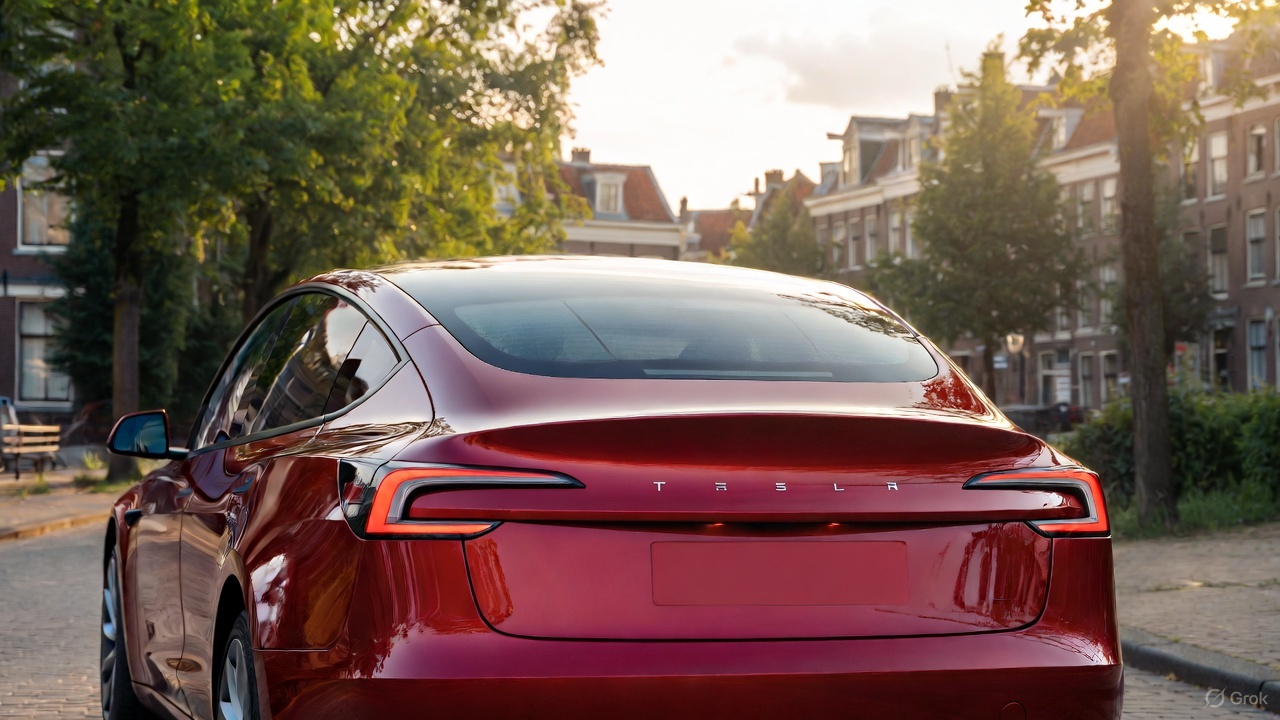
The Dutch vehicle authority RDW responded to Tesla’s recent updates about its efforts to bring Full Self-Driving (Supervised) in Europe, confirming that February 2026 remains the target month for Tesla to demonstrate regulatory compliance.
While acknowledging the tentative schedule with Tesla, the regulator emphasized that safety, not public pressure, will decide whether FSD receives authorization for use in Europe.
RDW confirms 2026 target, warns Feb 2026 timeline is not guaranteed
In its response, which was posted on its official website, the RDW clarified that it does not disclose details about ongoing manufacturer applications due to competitive sensitivity. However, the agency confirmed that both parties have agreed on a February 2026 window during which Tesla is expected to show that FSD (Supervised) can meet required safety and compliance standards. Whether Tesla can satisfy those conditions within the timeline “remains to be seen,” RDW added.
RDW also directly addressed Tesla’s social media request encouraging drivers to contact the regulator to express support. While thanking those who already reached out, RDW asked the public to stop contacting them, noting these messages burden customer-service resources and have no influence on the approval process.
“In the message on X, Tesla calls on Tesla drivers to thank the RDW and to express their enthusiasm about this planning to us by contacting us. We thank everyone who has already done so, and would like to ask everyone not to contact us about this. It takes up unnecessary time for our customer service. Moreover, this will have no influence on whether or not the planning is met,” the RDW wrote.
The RDW shares insights on EU approval requirements
The RDW further outlined how new technology enters the European market when no existing legislation directly covers it. Under EU Regulation 2018/858, a manufacturer may seek an exemption for unregulated features such as advanced driver assistance systems. The process requires a Member State, in this case the Netherlands, to submit a formal request to the European Commission on the manufacturer’s behalf.
Approval then moves to a committee vote. A majority in favor would grant EU-wide authorization, allowing the technology across all Member States. If the vote fails, the exemption is valid only within the Netherlands, and individual countries must decide whether to accept it independently.
Before any exemption request can be filed, Tesla must complete a comprehensive type-approval process with the RDW, including controlled on-road testing. Provided that FSD Supervised passes these regulatory evaluations, the exemption could be submitted for broader EU consideration.








